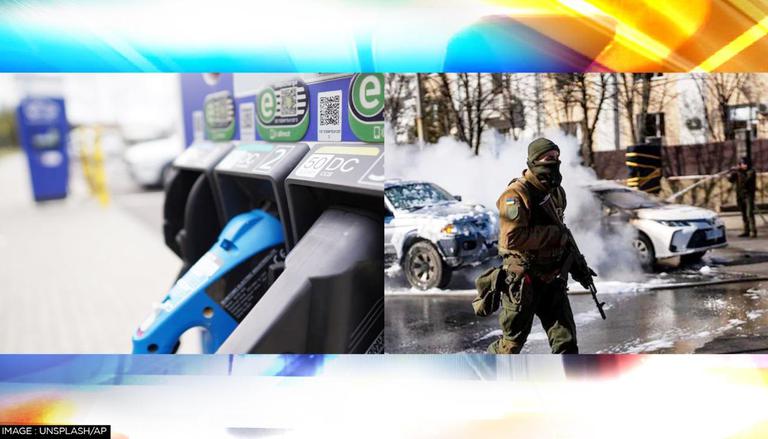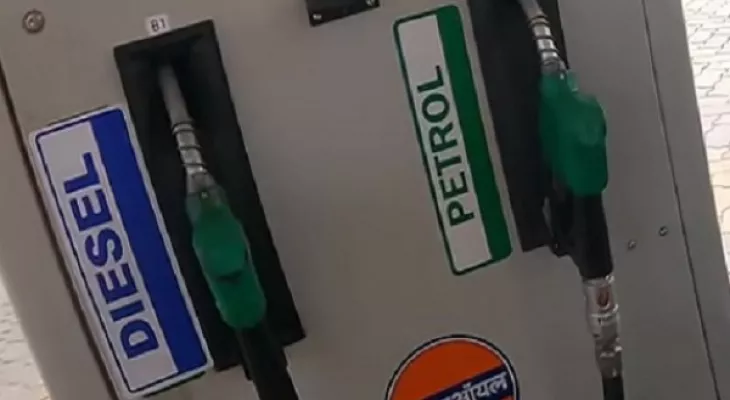Russia-Ukraine Conflict: Homely Budget Go Haywire, Price Rise Threat Hits High

New Delhi, March 5: The ongoing Russia-Ukraine crisis is set to hit the pockets of households with experts pointing out that price rise could happen across the board as a result of sharp jump in fuel cost.
Even farm products are likely to get dearer on high transport cost and fertilizer prices firming up on supply woes.
While some of the items such as cars, consumer durables and non-durables would see direct impact on prices as a result of hike in input costs, kitchen items would get costlier on account of high transportation cost. Sunil Kumar Sinha, Research Director and Principal Economist at India Ratings said the primary driver of the prices locally would be fuel but its impact would depend on the response of the government whether it decides to provide the cushion to consumers by lowering duties or allow a complete pass-through.
“If diesel and petrol prices are allowed to be raised in staggered manner, it will have different impact than passing it on to consumers in one go. In case fuel retailers bear part of the burden then the impact would be different”, he said noting that increase in fuel price was imminent in the wake of global crude price touching $120 a barrel. Diesel and petrol prices have remained unchanged for the last four months since November 2021 despite surge in crude prices.
A spike in inflation would hurt the recovery being witnessed in the economy as it will affect consumption demand which has already been subdued. This will, in turn, have proportionate bearing on the country’s gross domestic product (GDP). “I think except agri commodities, the rest of the commodities might see inflationary pressure because of this situation and wherever oil becomes an ingredient then obviously you will see price pressure going up. Whatever the increase in inflation, that much growth impact would be there.
If inflation is going to increase by two percentage points, GDP growth will also decline by two percentage points,” NR Bhanumurthy, senior economist and Vice chancellor at the BR Ambedkar School of Economics told UNI.
Crude, natural gas and coal have witnessed a sharp increase on a week-on-week basis. Prices of other commodities such as aluminium, copper and steel have also hardened since Russia launched military action against Ukraine.
With Russia estimated to be holding nearly 12 per cent of the world’s oil supply and one of the key suppliers of metals such as aluminium, copper and nickel, its conflict with Ukraine will have considerable impact on global price trends. “What is clear is that this conflict will certainly feed into the increasingly inflationary environment most countries find themselves in. This in turn is likely to lead to central bank tightening, higher interest rates, and slower growth,” Moody’s Analytics said in a report this week.
With risks from Omicron waning and supply chain pressures moderating, the Reserve Bank of India (RBI) had last month said there could be some softening of core inflation. Considering all the factors it had projected consumer price index (CPI)-based inflation at 5.3 per cent for 2021-22. “Taking all these factors into consideration and on the assumption of a normal monsoon, CPI inflation for 2022-23 is projected at 4.5 per cent with Q1:2022-23 at 4.9 per cent; Q2 at 5.0 per cent; Q3 at 4.0 per cent; and Q4 at 4.2 per cent, with risks broadly balanced”, Governor Shaktikanta Das had said while announcing the bi-monthly monetary policy. The projection is, however, set to be relooked now in the wake of emerging situations.






